Are you full of beans? You should be. Nutritionists have long urged us to consume more of them to benefit our health and, this week, celebrity chefs including Jamie Oliver, Hugh Fearnley-Whittingstall and Tom Kerridge have declared their support for the Bang in Some Beans campaign, launched by the UK charity the Food Foundation. According to the campaign, diets low in beans are associated with up to 9,000 premature deaths in the UK each year, while a regular intake is linked to lower risks of heart disease, type 2 diabetes and some forms of cancer.
Harvard researchers who tracked the dietary habits of more than 206,000 men and women in America for more than three decades reported that those eating more plant-based diets — including plenty of beans — had lower rates of premature death from heart disease, cancer and other diseases. Another paper in the Lancet’s eBioMedicine journal found that eating a serving of beans daily for eight weeks dramatically improved gut health and cancer outcomes.
Yet the Food Foundation says our intakes are woefully low. On average we eat just one portion of beans a week, while two thirds of the UK population eat less than one portion per week. Dr Linia Patel is a spokesperson for the British Dietetic Association and a self-professed “bean queen” when it comes to her own research. “Public Health England says beans count as one of our five a day, although I believe there is strong enough evidence to have a separate recommendation of once a day for beans and pulses,” she says.
• How the simple bean has become the latest foodie favourite
We have a long way to go before reaching anywhere near that target. “Most Britons consume 15g per day of dried beans or pulses,” Patel says. “If we could increase that to 30g a day it would greatly benefit our health.” The campaign, which is funded by the national lottery, aims to double UK bean consumption by 2028.
All beans are high in fibre and protein, which help to control blood sugar and keep us feeling full. “And that means beans can help with weight control,” Patel says. Her own bean studies include a paper published in the European Journal of Clinical Nutrition and have shown that eating just three tablespoons of cooked beans or legumes per week cuts the risk of colon cancer by 21 per cent compared to people who ate no beans. Rhiannon Lambert, a registered nutritionist and author of The Fibre Formula, agrees we should all be aiming to eat more beans. “The consensus across the scientific literature is that experimental and clinical studies have shown beans in the diet can result in improved digestive health, reduced food consumption overall, improved control of body weight and improvement in metabolic health,” Lambert says. “And recent reviews have concluded that the consumption of beans may also contribute to the prevention of cardiovascular disease as well as a reduced risk of bowel cancer.”
Nutritionally there is little difference between dried beans that you soak yourself or those bought in tins or jars that are precooked. “The macronutrients, such as protein and fibre, will be very similar, with maybe some differences in processing and preservatives added,” Patel says. “Tinned beans may have more salt and be marginally lower in B vitamins, which are affected by high cooking temperatures, and you may find they contain firming agents such as calcium carbonate. But the benefits of eating more beans outweigh any negatives from processing techniques.” Rinsing tinned beans in water before using reduces salt levels. Pouches of ready-cooked legumes are convenient but tend to be the most expensive form and often come with added ingredients.
• Recipes for bean feasts using supermarket tins
Half of children’s and over one third of adults’ total bean intake in the UK comes from baked beans, the Food Foundation says. Baked beans are generally made from white, usually haricot, beans but are canned in a tomato sauce that can be highly processed. Although baked beans make a significant “fibre dent” in our diets and are “certainly better than eating no beans at all”, Patel says we would benefit from a greater variety. Here are the best ones to try.
Chickpeas boost bone strength 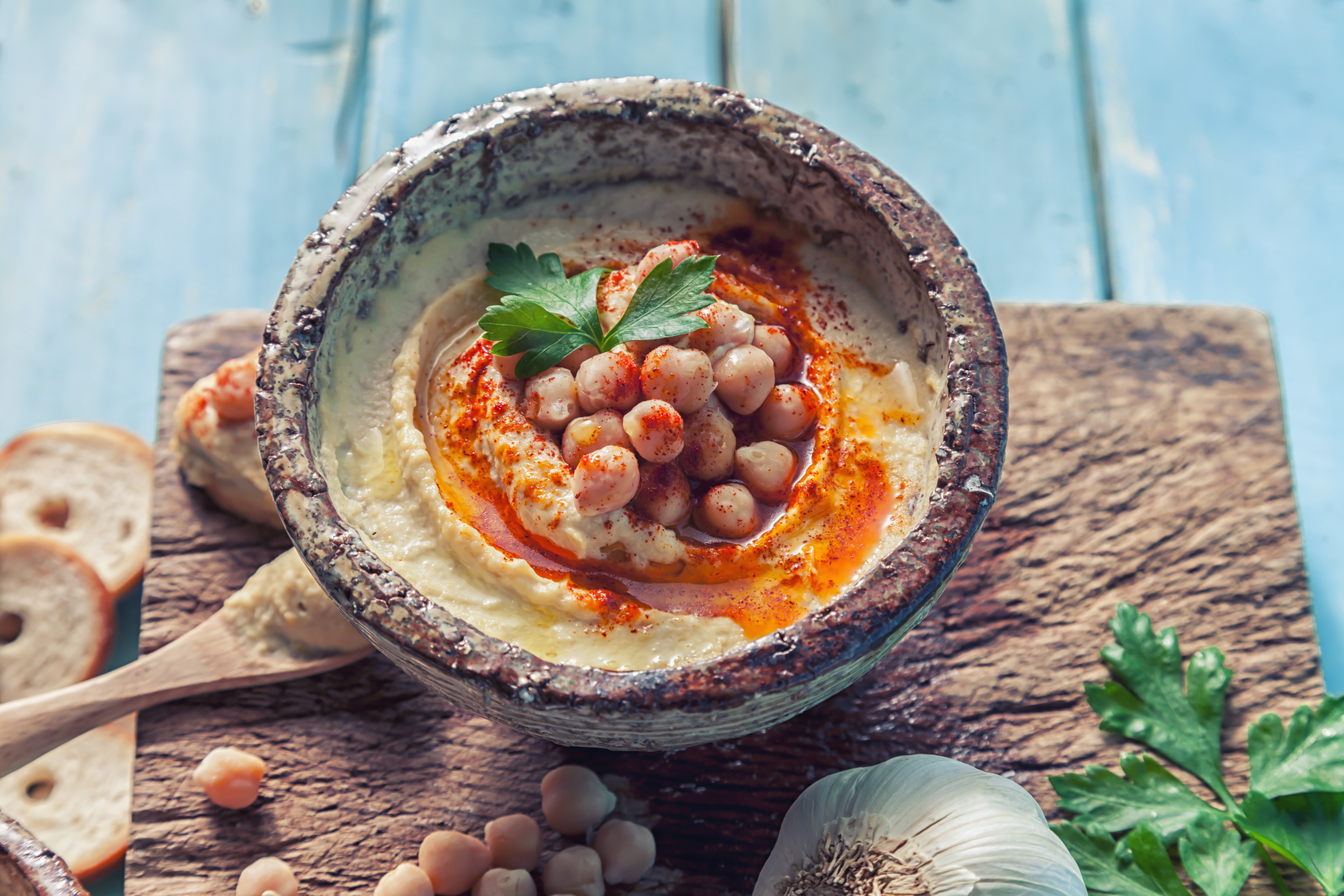
People who eat chickpeas, the main ingredient in hummus, were shown to have higher intakes of fibre, vitamin A, vitamin E, vitamin C, potassium and iron compared with people who never eat them in a study in the journal Nutrients. “Chickpeas are also an excellent source of folate, which helps the body to make red blood cells, and of bone-friendly manganese and phosphorus,” says Lambert, who is also author of The Science of Plant-Based Nutrition. In a report in the Canadian Medical Association Journal, doctors looking at 26 trials involving 1,037 people found that a daily portion of chickpeas (or lentils) significantly reduced levels of bad LDL cholesterol, the type linked to heart disease.
High-fibre haricot beans are good for gut health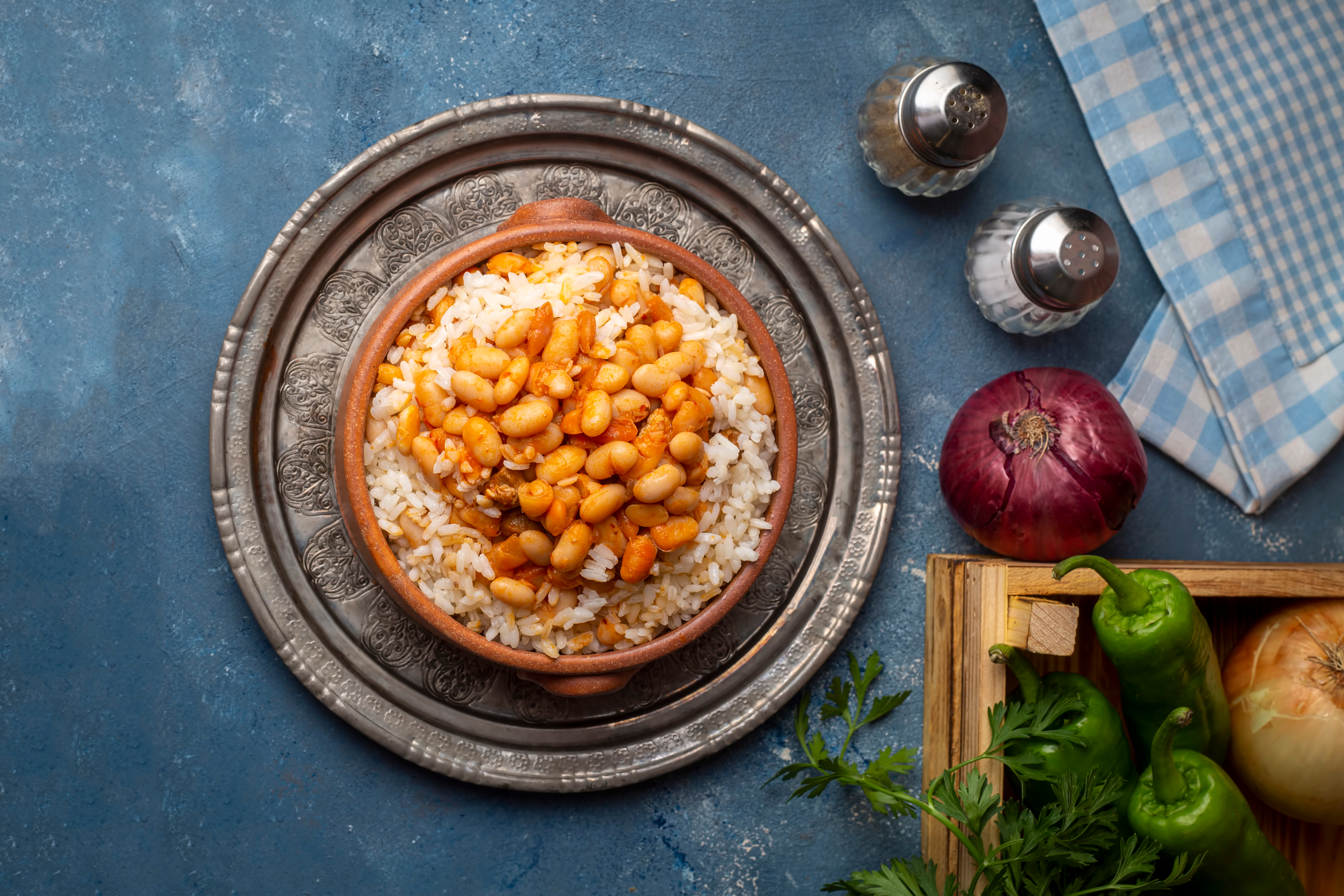
These are the “baked bean” beans and, as such, the new report says, “Haricot beans are the most popular type of bean eaten in the UK by a long way.” But how good are they for us? “Baked beans are generally made from haricot beans in a tomato sauce,” says Eli Brecher, a gut health specialist and registered nutritionist. “Nutrition-wise they are a good plant protein and fibre source, but be mindful of added ingredients such as sugars and salt in the sauce.” A 200g serving of baked beans typically provides 10g protein, 30g carbohydrates (of which 9.6g are sugars) and about 1.3g salt. Adding plain haricot beans (called navy beans in America) to other dishes is a better bet for health. Nutritionists from Texas A&M University looked at the effects of adding one daily serving of canned haricot beans, known to be high in fibre and gut-supporting nutrients, in obese people at risk of colon disease. For eight weeks half of the participants in the trial added a serving of the beans to their diet, while a control group continued consuming their regular food. Researchers took stool and blood samples throughout the study. Results, published in the Lancet’s eBioMedicine journalin 2023, showed that the bean-eating group had greatly increased “microbial diversity”, including higher levels of beneficial bacteria such as bifidobacterium and eubacterium, a sign of good gut health that is associated with better cancer outcomes.
Fava beans are a protein powerhouse 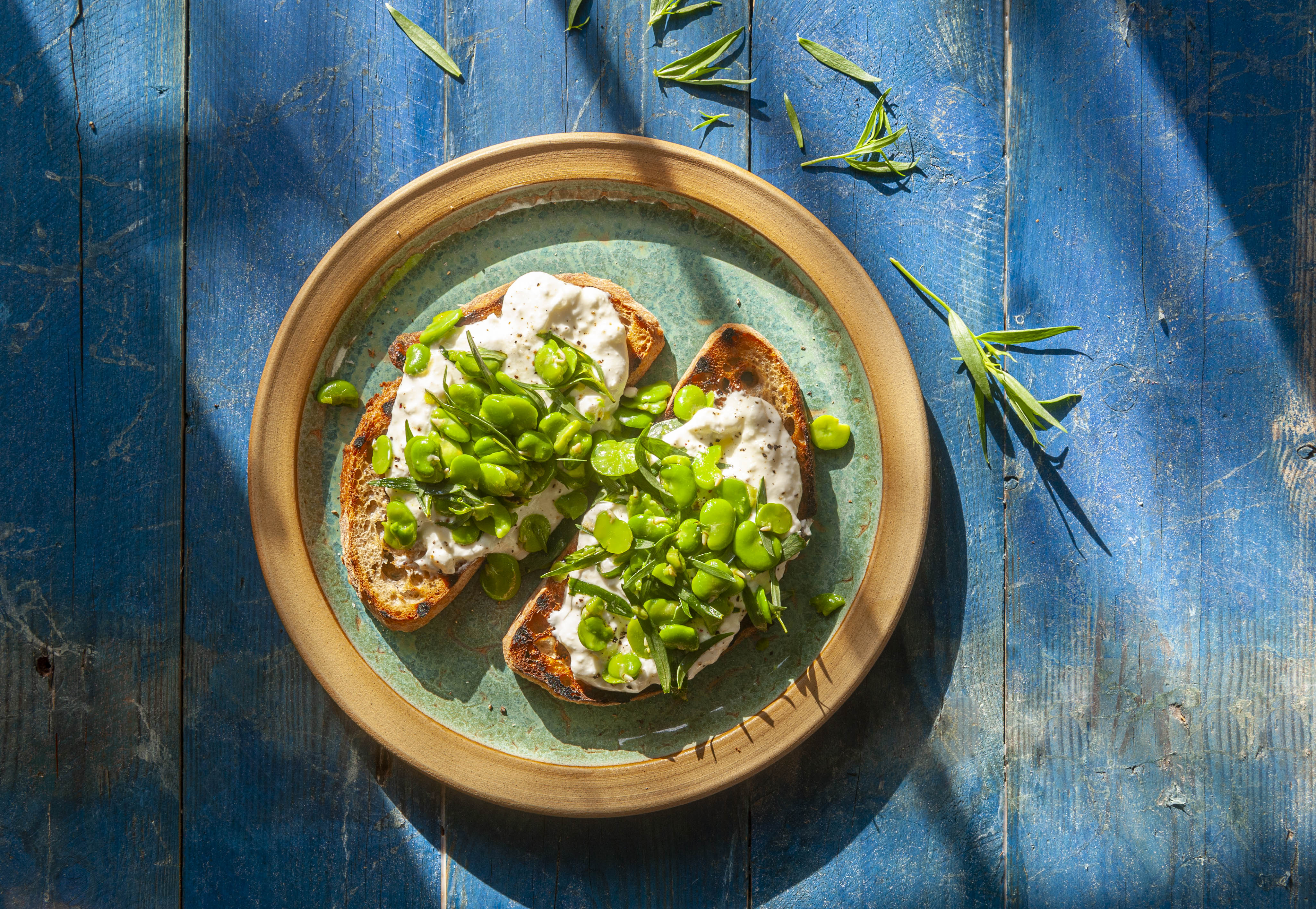
Professor Julie Lovegrove heads a team of nutrition scientists at the University of Reading who are pushing for us to include more UK-grown faba (sometimes called fava) beans in our diets. Their Raising the Pulse campaign, a three-year UKRI-funded project, extols the virtues of the faba bean as a “nutritional powerhouse” that is “rich in protein, fibre and essential micronutrients such as iron, folate and zinc”. Lovegrove says the beans have a high 28-29 per cent protein content (when cooked they provide 8-9g protein per 100g) “and have been shown to help reduce blood cholesterol levels, improve satiety and regulate blood sugar”. Studies by the Reading team, published in Nutrition Bulletin, have shown that replacing 15 per cent of wheat flour with faba bean flour in bread increases the fibre and protein content by 50 per cent and 25 per cent respectively.
Black beans contain choline, which can reduce anxiety
A staple for burritos, these can also be added to soups or used to make burgers. “Black beans have high quantities of antioxidant plant pigments called anthocyanins, which give them their colour,” Lambert says. These anthocyanins, in particular compounds called delphinidin, petunidin and malvidin glucosides in black beans, also have potent anti-inflammatory properties that help to fight disease according to a paper published in the journal Food Research International. Black beans contain 6.9g fibre and 5.3g of protein per 100g and are also a good source of choline, an essential nutrient that the body cannot make enough of itself and that is used by the brain to regulate mood. Studies, including a paper in the American Journal of Clinical Nutrition, have shown that higher intakes of choline are linked to lower rates of anxiety. Its fibre and nutrient content also mean it enhances heart health. A Harvard team showed that substituting one serving of white rice for a portion of black beans a day reduced heart disease risk factors such as raised blood pressure and cholesterol.
Eating kidney beans regularly has been shown to lower blood pressure
These come in dark red or light red varieties and a review of 26 varieties of red kidney bean published in the journal Food and Chemical Toxicology found them to be “excellent sources of protein and fibre”. The review also showed they contain beneficial plant phytochemicals, including tocopherols, a form of vitamin E that protects against oxidative cell damage. “Kidney beans are a source of iron, calcium, magnesium and bone-friendly vitamin K,” Lambert says. They provide about 7-8g protein per 100g serving. Researchers at the University of Manitoba showed that a regular consumption of kidney beans has positive effects on blood vessel function as well as lowering blood pressure.
Edamame and soya beans can help with hot flushes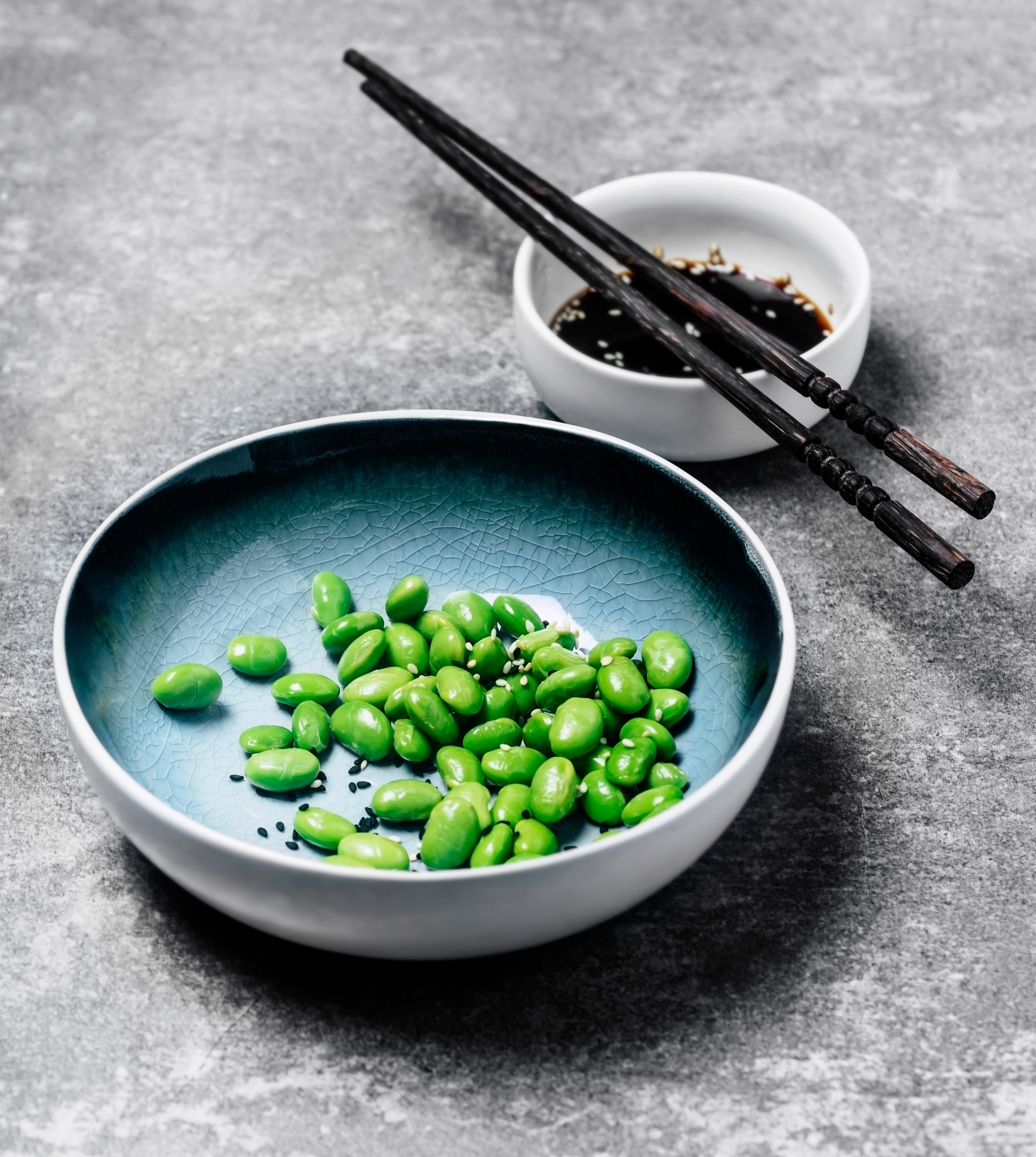
“Soya beans stand out from other beans and many other plant foods as being a high-quality protein food, meaning they contain all nine amino acids that are essential for good health,” Brecher says. Soya and edamame (immature soya beans, harvested when they’re tender and green) contain isoflavone plant compounds that are structurally similar to the female hormone oestrogen and can weakly mimic its effects. Some studies, including a 2024 Advances in Nutrition review, have suggested that soya bean consumption helps to reduce hot flushes during the menopause, although the evidence is mixed. Soya isoflavones have also been shown to have anti-inflammatory and immune-supporting antioxidant properties, which may benefit health. “Soya beans are a source of omega-3 fatty acids that support heart health and natural substances called saponins that might help to regulate cholesterol levels,” Lambert says.
Pinto beans may help to lower cholesterol
The pinto is highly nutritious, with 7g of fibre and 7.6g of protein per 100g of cooked beans. The darker coloured coating of pinto beans is particularly rich in phenolic plant compounds that have antioxidant and anti-inflammatory properties. Eating more of them might help to reduce inflammation in the body that is linked to chronic disease such as cardiovascular disease, cancer and diabetes, according to researchers from the Department of Food Science and Human Nutrition at University of Illinois Urbana-Champaign. For a study published in the journal Food Research International, the lead author, Professor Elvira Gonzalez de Mejia, reported that, compared to other dark beans, pinto beans had the highest total content of phenolic compounds “and showed great potential for inhibiting enzymes that contribute to inflammation”. When scientists at Arizona State University asked adults to eat a serving of cooked pinto beans every day for two months, they reported significant reductions in their cholesterol levels compared to those who consumed black-eyed peas, who didn’t see the same benefits.
Borlotti beans can reduce inflammation in the gut
These speckled pink, red and beige beans, sometimes called cranberry beans, are classic ingredients in Italian, Spanish and Portuguese dishes. They provide about 7.3g of protein and 7g fibre per 100g of cooked beans. The speckled appearance disappears when they are cooked and they have been shown in the Journal of Nutritional Biochemistry to be good for the gut microbiome and to reduce inflammation in the colon that can cause bloating and diarrhoea.
Cannellini beans could aid weight loss and help control blood sugar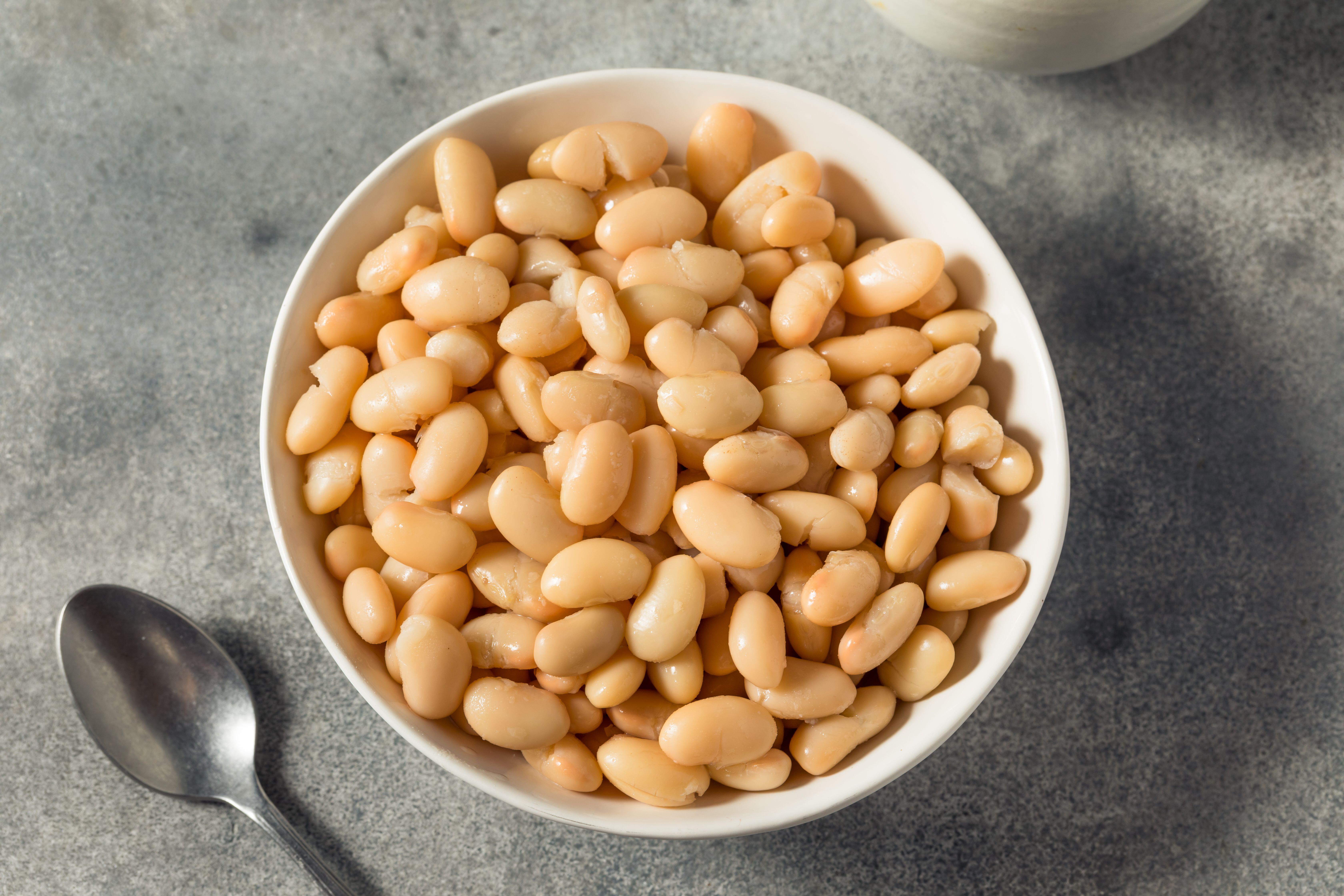
These white kidney beans are a good source of protein (7-8g per 100g of cooked beans) and fibre, but they might also play a specific role in aiding weight loss and blood sugar control according to a 2020 review of evidence published in Nutrients journal by researchers at Newcastle University and University College Dublin. In laboratory studies an extract of cannellini beans has been shown to inhibit carbohydrate digestion and absorption, which, said the researchers, may have “beneficial effects on body weight and metabolic health”.
Butterbeans are rich in bone-boosting vitamin K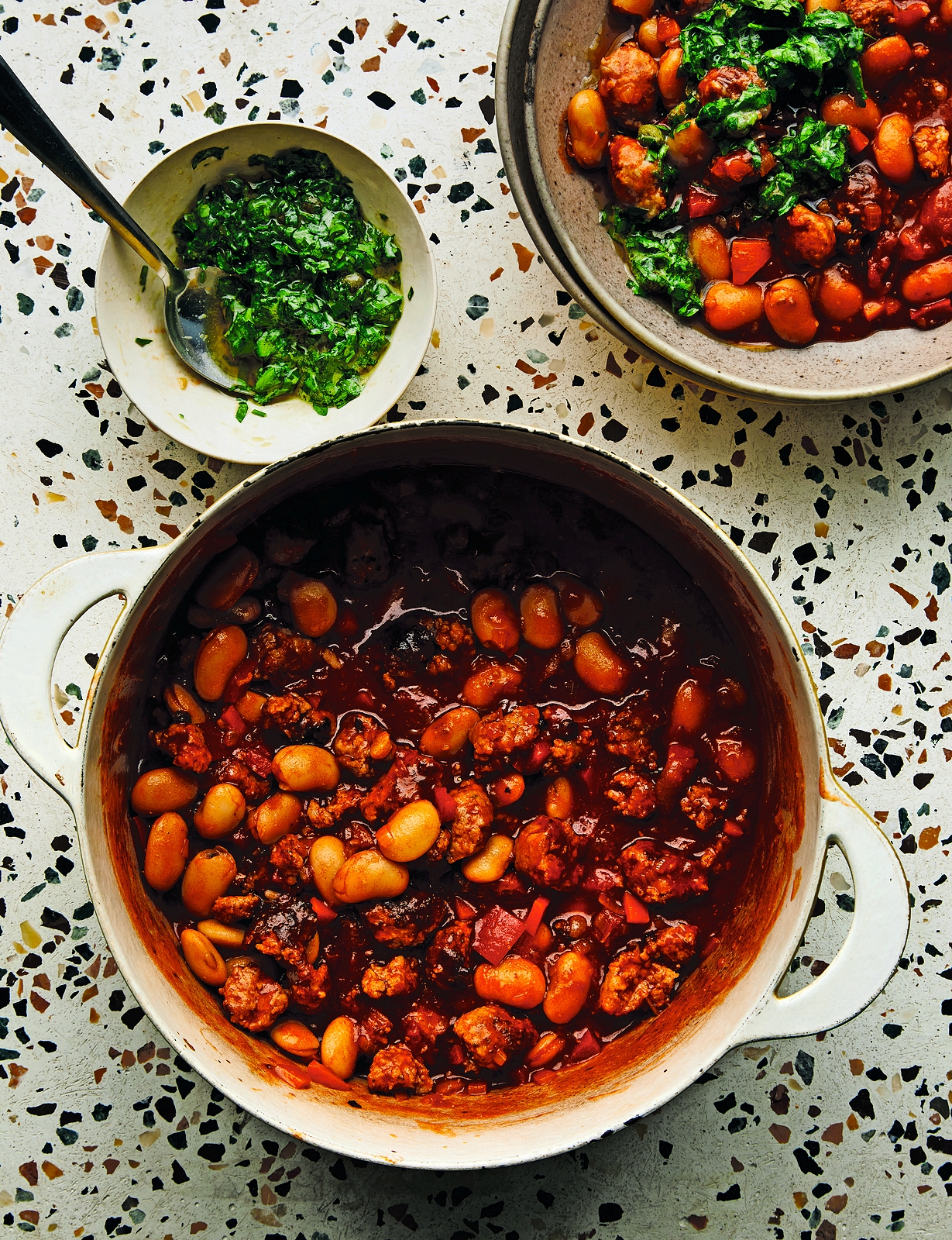
Also known as lima beans, “butterbeans are particularly rich in vitamins C and bone-boosting vitamin K,” Lambert says. “They can be blended to make a creamy dip.”
• The best butter beans to buy — and the brands to avoid
Carlin peas are packed with protein and fibre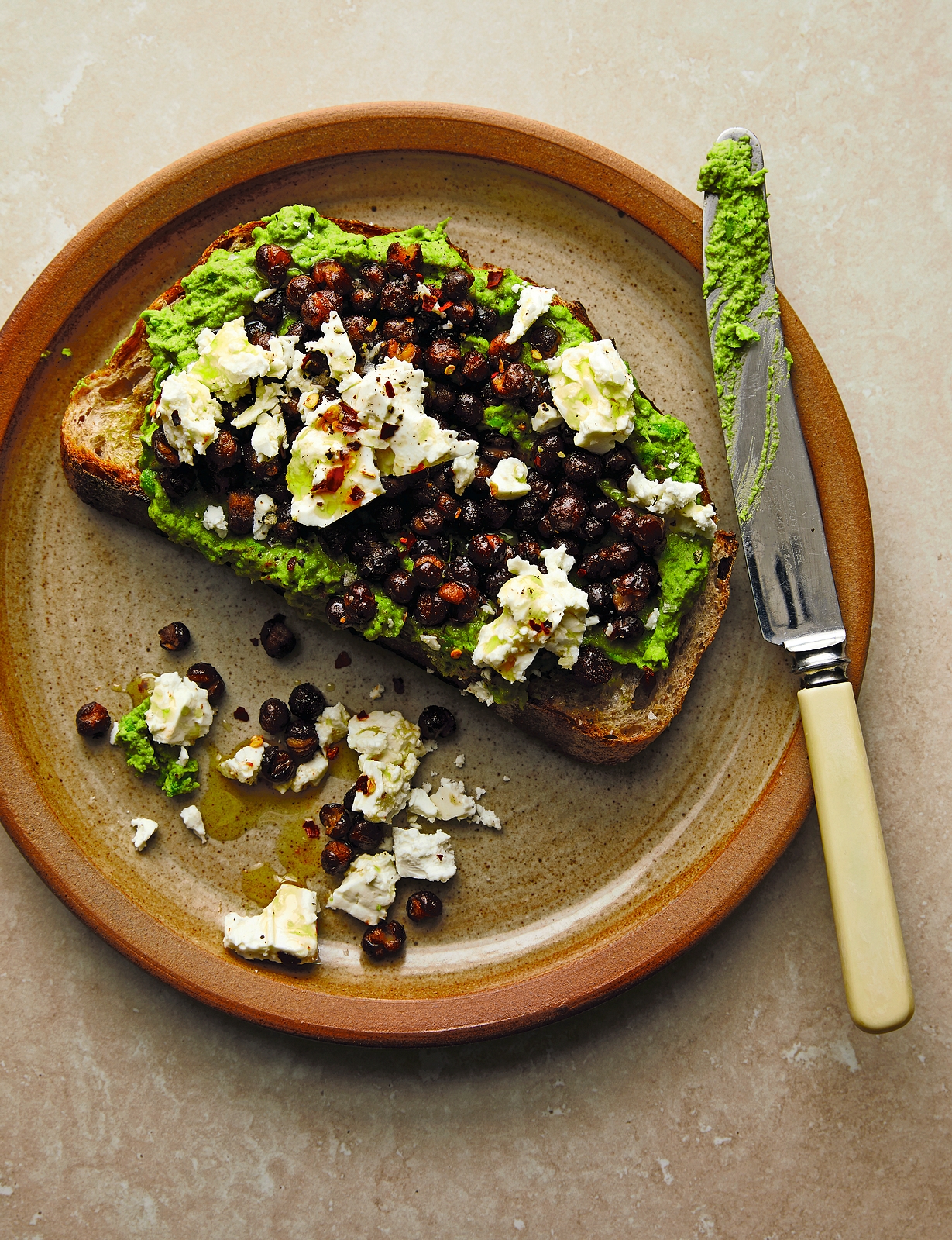
Although officially a pea, this British-grown marbled brown pea, which can be used in place of chickpeas, deserves a mention as a protein powerhouse. With about 9.5g of protein per 100g when cooked, they match lentils as among the highest-protein pulses. The Bold Bean Company says the best way to describe carlin peas is “to imagine if a chickpea and a puy lentil had a baby”.


Dining and Cooking